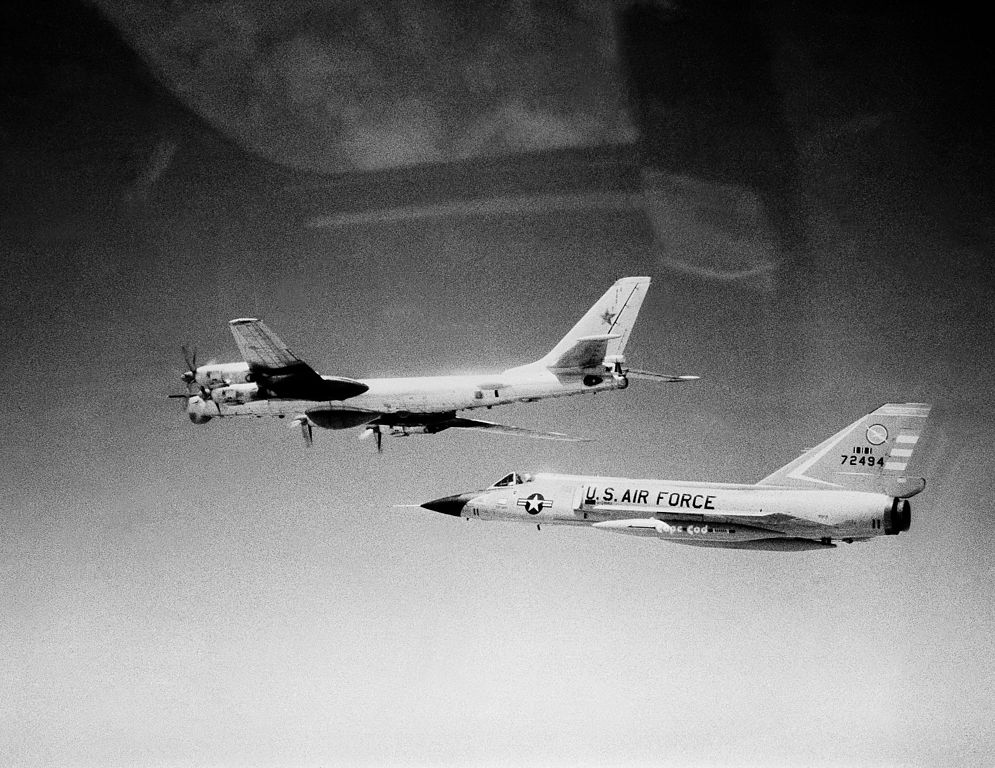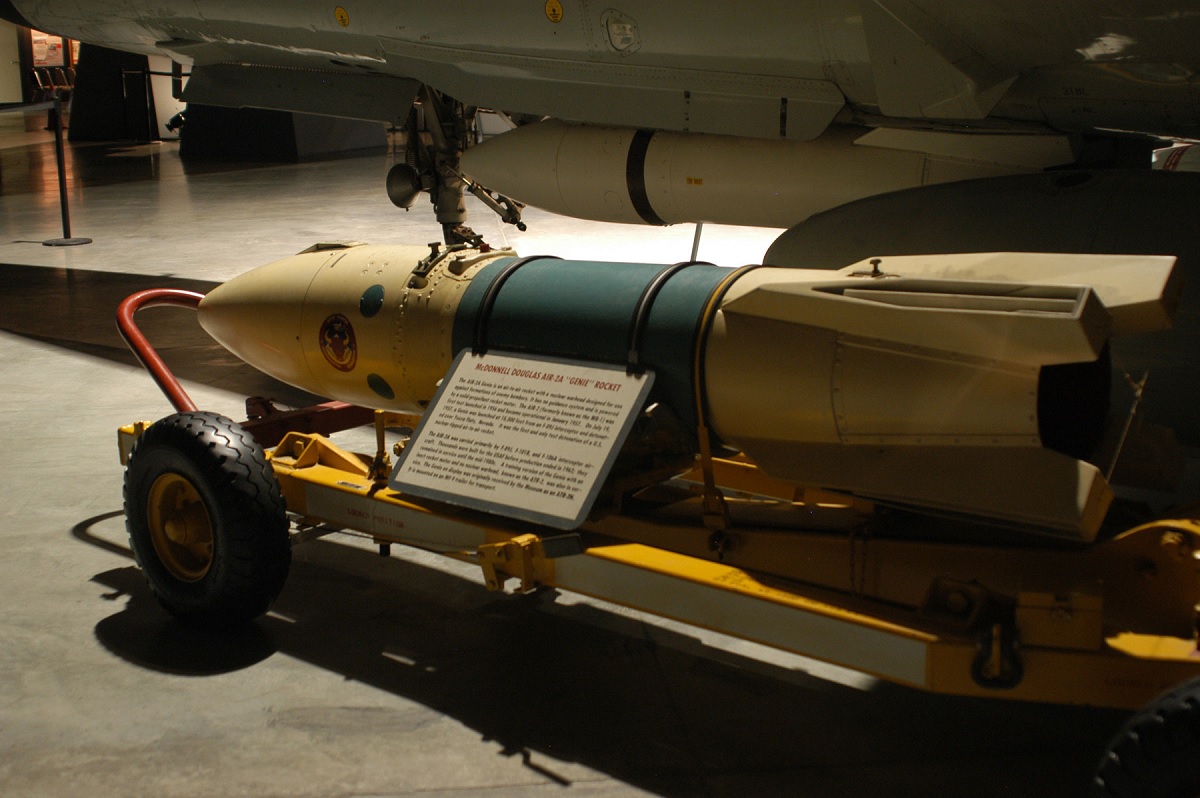On the F-106, the Hughes MA-1 electronic guidance and fire control system was used, which also supported the Genie and Falcon missiles
The F-106 Delta Dart all-weather interceptor was developed by Convair from the company’s F-102 Delta Dagger. After extensive structural changes and a more powerful engine, it was called F-106. F-102B was the original designation.
The first F-106A flew on December 26, 1956, and the United States Air Force (USAF) began receiving them in July 1959. Production of the F-106A and F-106B ended in late 1960 after 277 F-106As and 63 F-106Bs were built.
The F-106 served as the Air Force’s premier interceptor for more than a decade, however, it was rarely referred to as the Delta Dart. Informally, the F-106 was dubbed “The Six.”
Interceptor aircraft had substantial strategic relevance in the 1960s due to evolving technology driving the dynamics of the Cold War at the time. Long-range bombers were highly feared. After the 1960s, aircraft built particularly for interceptor missions became scarce. The Delta Dart was America’s last dedicated interceptor while its Soviet counterpart was the Sukhoi Su-9.
It’s important to note that Delta Dart’s development did not go smoothly. The ejector seat failed, killing all 12 pilots attempting to eject. The F-106, on the other hand, was relatively inexpensive and had a strong reputation for performance, garnering its considerable appeal.
The mission of an interceptor is to respond to and contrast enemy aircraft incursions, primarily bombers. The F-106 was inspired by the Tupolev Tu-95, a long-range strategic bomber and Soviet counterpart to the B-52. The purpose of an interceptor aircraft is to catch and destroy larger, slower planes.
The F-106 used the Hughes MA-1 electronic guidance and fire control system to carry out this mission. After takeoff, the MA-1 may be given control of the plane to get it to the proper altitude and attack position. The Genie and Falcon missiles can then be launched, halting the attack run and returning the plane to its base. The pilot regained control for the landing.
Designed during the peak of the Cold War, the McDonnell Douglas AIR-2 Genie was an air-to-air rocket with no guidance system. It was equipped with a W25 nuclear warhead, a 200-pound compact fission bomb.
During the Cold War, the United States was surprised at how quickly the Soviet Union cloned not only the atomic bomb but also its delivery system. During the peak of the tensions, the precarious state of world affairs prompted an acute fear of a nuclear strike, driving both sides to seek ways to defend themselves.
As we said, interceptor planes existed to counter long-range strategic bombers, but the tactics of the time needed those bombers to fly in formation, often in large numbers. To avoid a nuclear assault, interceptors would have to shoot down every enemy plane, which was an unlikely scenario given the state of air-to-air armament capability at the time.
The AIR-2 was designed to take out an entire formation of planes at once. The rocket had a range of about six miles and was detonated by time delay rather than impact, so it didn’t even need to hit an enemy bomber to be successful; the nuclear warhead would do the work, and the time delay would give the interceptor pilot enough time to evacuate.
Over 3000 AIR-2 weapons were created by the US and shared with the Royal Canadian Air Force (RCAF). For the first time, an AIR-2 was detonated during Operation Plumbbob in 1957.
As the Cold War continued, interceptor aircraft and weapons like the AIR-2 lost a lot of their utility, and strategic bombers were eclipsed as the most hazardous means of delivering a strategic nuclear strike by intercontinental ballistic missiles (ICBMs). So, in 1988, the AIR-2 was retired from service.
Throughout its service life, the F-106 was regularly updated, but in the early 1980s, it was phased out and replaced by the F-15 Eagle. Delta Darts, like their primary weapon, the AIR-2, were assigned to National Guard troops until they were phased out at the end of the decade. The F-106’s main battleground was Vietnam, although it never saw combat.
For the Pacer Six Program’s training, many old F-106s were converted into drones. NASA also purchased five F-106 fighter jets for research and testing targeted at improving fighter technology, as well as the Eclipse Program, which was the first to use aircraft to aid in spacecraft launch.

Source: U.S. Air Force; Photo by Air National Guard and U.S. Air Force


